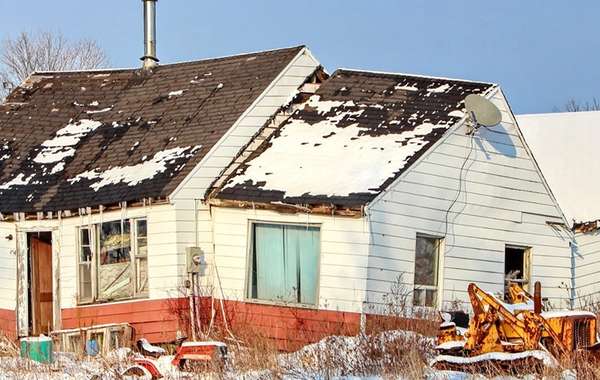What are the best practices for a pier foundation on sloped bedrock?
I want to build on a sloped lot where granite bedrock is either exposed, or up to 3-4 feet below the surface. I believe I want piers, as I don't want to blast the site and the slope would require very tall stem walls. Piers should also help with radon and water running down the slope. Generally, the advice I've seen is to drill/pin rebar with epoxy and cover with concrete, but then how do you attach it to the vertical posts etc?

























There are a few ways you can go about building a foundation on a slope, piers (screw piles or helical piles) are one way but not generally our favorite if it can be avoided. Building on piers leaves one additional surface of the building exposed to air temperatures, so seasonally that will increase the energy demand and cost through heating and cooling.
From an investment point of view, homes on piers are not viewed as favorably for resale, so if you ever plan to sell it you may have to take a hit on value. Does it continue to slope or does it level off a bit lower down? Piers do work, and in some cases where there really is no option, or other options are too cost prohibitive, it can make otherwise unusable land buildable.
Designing the foundation of a home is too important for us to offer technical guidance online, you’d need an engineer to do that based on a site visit. But yes, if you’re on sloped rock then having any kind of foundation, pier or other, drilled into rock is a wise move. Attaching the home to the posts is not a concern, between the engineer that designs it and the contractor installing the piers you will have all your answers.
The posts will have plates on top that are designed for exactly that purpose, and you can design your floor system accordingly. Not to throw a wrench into your design, but depending on how steep the slope is you don’t always need to build expensive stem walls or retaining walls.
In this video about how to build passive solar homes you can see a pad we built that fell off about 5 feet from one end to the other over 30 feet, and we simply built a retaining wall with large rocks from the site, soil and ground cover. That allowed you to build a slab on grade instead, which is more efficient, more valuable, and likely competitively priced compared to a home built on piers if you consider the added insulation you’ll need due to letting air flow underneath.
Here is a slab on grade with no footing that is great for building on problem soils, it may be a solution for you if you end up going that route. And you can find helical pile or pier installers in our green building directory, just choose by category and input your location to find local builders.